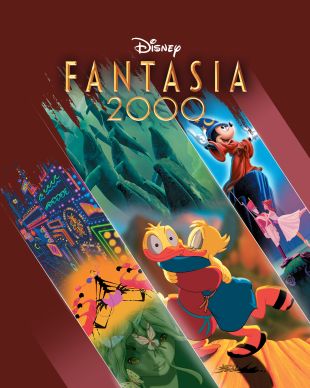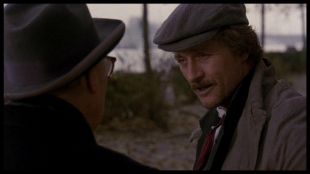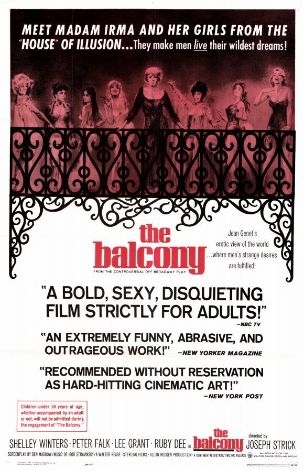Considered one of the great innovators of 20th century music, Stravinsky's early folk-influenced style, his neo-classical middle period, and his later adventures into serialism are heard in some 33 feature productions.
Aspects of Stravinsky's often disputative relationship with the impresario Sergei Diaghilev of the Ballets Russe are explored in Nijinsky (1980). The young Nijinsky is at a loss when confronted with the daunting assignment of choreographing the composer's revolutionary work Le Sacre du Printemps (The Rite of Spring) (1913) which depicts scenes from an ancient, pagan Russia. The difference between the way that musicians and dancers count rhythm becomes an extended, albeit frustrated joke as dancers are shown having breakdowns at rehearsals and Nijinsky shouts beats from the wings at the premiere. Diaghilev walks through the riotous audience urging them to listen to the music even if they don't like the dance, as he reportedly did at the actual event (subsequent performances were successes). Nijinsky also dances in Petrushka as the clown ruled by an evil magician, a metaphor of the tragic power struggle developing between the dancer and his lover Diaghilev.
Excerpts from The Rite of Spring in Disney's original Fantasia (1940) inspired the animators to envision the music as a tone poem about Earth's evolution from its fiery molten days (Dances of the Young Girls), to the rushing torrents of waters (The Ritual of Abduction), to the birth of living forms and simple sea life making its way to shore and evolving legs (The Exalted Sacrifice). The Mystic Circle of the Young Girls underscores scenes of dinosaurs peacefully feeding on vegetation. The Naming and Honoring of the Chosen One and Evocation of the Ancestors introduce more vicious beasts and struggles. Ritual Action of the Ancestors accompanies the search for water, and the Sacrificial Dance punctuates the sudden jutting forth of mountain ranges. The sequence closes with a recapitulation (not in the original score) of the plaintive high bassoon theme.
Excerpts from The Rite of Spring also occur in the study of the great surrealist artist Max Ernst in Max Ernst: Mein Vagabundieren, Meine Unruhe (Max Ernst: My Roving, My Unrest; aka Max Ernst: Journey Into the Subconscious, 1991) and in Jalousie (1991), which also quotes from the composer's cantata Les noces in the TV miniseries Cosmos (1980), and in the German film The Death of Maria Malibran (1971).
In the Disney Pictures Fantasia 2000 (1999), Stravinsky's Firebird Suite, 1919 Version is the final composition illustrated in the film. A lonely caribou wanders through a wintery landscape and meets an elemental feminine sprite who gradually renews the greenery with sweeping motions. She encounters the terrifying firebird spirit of an erupting volcano. Lava spreads across the land to the powerful rhythms of brass and percussion. A plaintive English horn theme underscores scenes of devastation. The caribou raises the sprite up from the ashes on its mighty antlers and once again she sails through the land renewing its beauty.
Stravinsky's music has appeared, although not often, in more lighthearted contexts. At the very onset of the hilarious Raising Arizona (1987), a droll arrangement for whistler and banjo of The Wet Nurses Dance With the Coachmen and the Grooms from Stravinsky's ballet Petrushka accompanies the first meeting of Nicolas Cage's character Hi (Herbert McDonnough) and Ed (Edwina), his future wife (played by Holly Hunter), who is at the moment a police officer taking his arrest photo: "Turn to the right!"
Stravinsky himself appears in the Canadian film Stravinsky (1965) and in the U.S. documentary A Stravinsky Portrait, also made in 1965.


